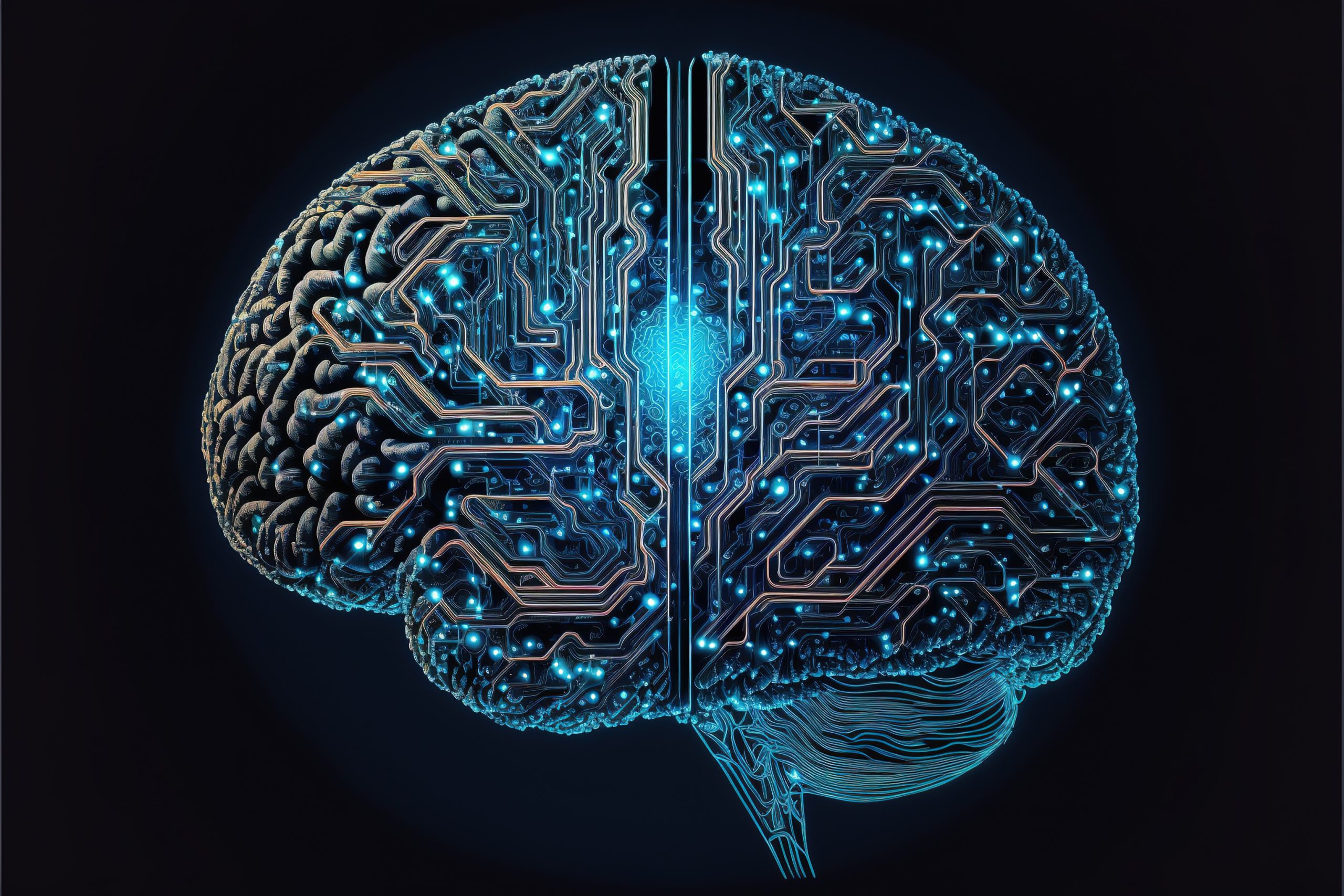In fast-moving software organisations, productivity isn’t just about shipping code. It’s about managing cognitive load. As engineering teams scale, so does the complexity of their tools, responsibilities, and communication flows. Without deliberate design, developers become cognitively overwhelmed, resulting in context switching, burnout, and architectural drift. To build sustainably productive teams, leaders must understand and manage cognitive load with as much care as they manage tech stacks and backlogs. This article explains cognitive load, why it
In today’s digital world, change isn’t just expected; it’s constant. Whether it’s shifting customer needs, regulatory updates, emerging technologies, or global events, modern enterprises operate in an environment of relentless uncertainty. That’s why systems must be built not just for performance but also for adaptability. Enter adaptive architecture, a philosophy that prioritises iteration, modularity, and resilience over rigid, one-size-fits-all solutions. It’s not about building the perfect system from the start but about creating a flexible foundation that
Machine learning (ML) has moved from the realm of R&D to the front lines of enterprise strategy. ML is already reshaping how modern businesses operate, from fraud detection and demand forecasting to dynamic pricing and customer insights. But unlocking its full potential isn’t just a data science challenge, it’s an organisational one. And increasingly, the Chief Information Officer (CIO) is best positioned to lead this transformation. In 2025 and beyond, a machine learning-ready enterprise is
The rise of generative AI has unlocked extraordinary possibilities for creativity, productivity, and automation across industries. From marketing content to software code and product designs, AI-generated outputs reshape how work gets done. But with this transformation comes a critical, often overlooked, concern: intellectual property (IP). As organisations integrate large language models (LLMs), image generators, and code copilots into their workflows, they must confront pressing questions about ownership, infringement, and compliance. Who owns the outputs of
Unified Metadata Platforms: The Hidden Backbone of Data-Driven Organisations
Category: Uncategorized
In a world where enterprises are drowning in data yet starving for insight, one truth is becoming clear: your data has no meaning without metadata. As businesses scale their data ecosystems, data lakes, BI dashboards, and ML pipelines, they discover that simply having access to data isn’t enough. What’s missing is context.That’s where unified metadata platforms come in. These platforms are fast becoming the semantic backbone of modern data operations, enabling discoverability, trust, governance, and




